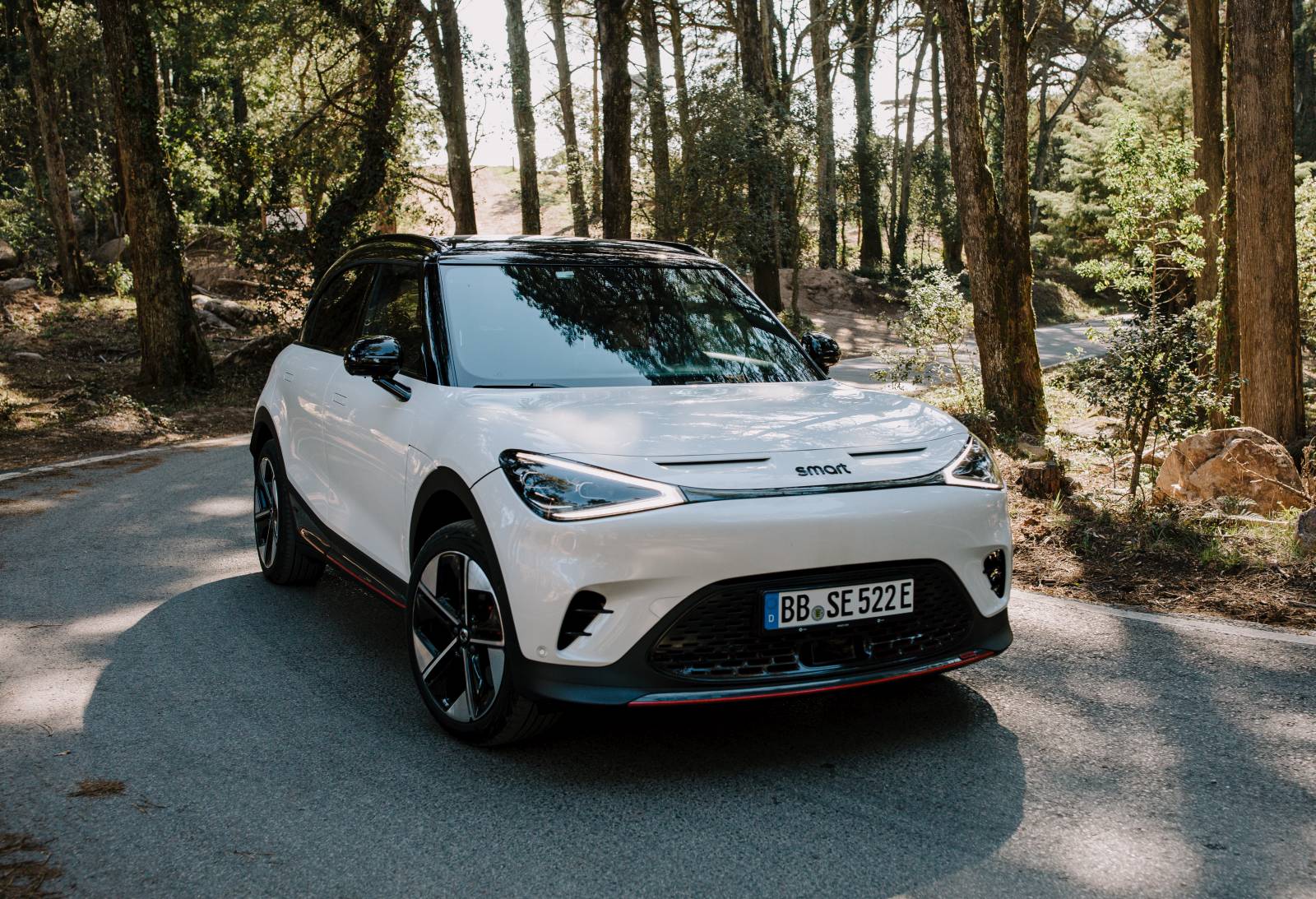Review – Smart #1 (2023) – The first great Smart tastes like more
Smart 2.0
The old Smart – the car brand you’ve known since the mid-1990s – needs to be put out of your mind for a while. Yes, it still builds and sells an ultra compact city car, but that chapter is slowly coming to an end. The new Smart is betting on electric crossovers that the whole family can fit into. In Lisbon, we are introduced to the first feat of the new Smart: the Smart #1.

Large cars
The new Smart you say? Yes, of course! In 2019, Chinese mega-company Geely Auto Group acquired 50% of Smart shares from Daimler, the parent company of Mercedes-Benz and Smart, among others. Geely is no unknown player in car land, as they also own Lynk & Co, Polestar, Volvo and Lotus.
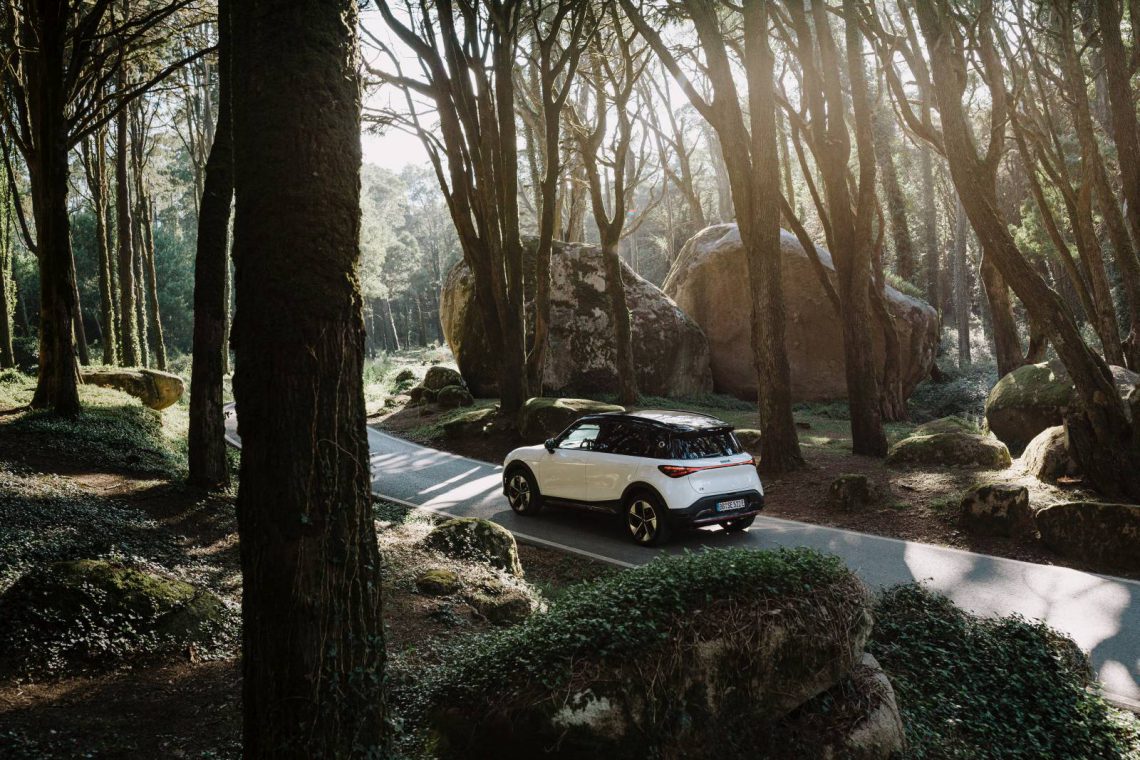
Smart #1
Geely has big plans for the brand. From now on, when you think of Smart, you should not think of ultra compact city cars, but of electric family cars, which you can even hang a caravan behind. The first result of the Chinese-German collaboration is the Smart #1. Yes, that really is its name: the hashtag one. And not the number one by the way. The Chinese and Germans agreed on a clear division of roles during the development phase: Geely is in charge of the hardware and Mercedes-Benz is in charge of the styling. In addition, through their dealer network, the Germans ensure that the cars actually reach Europeans.
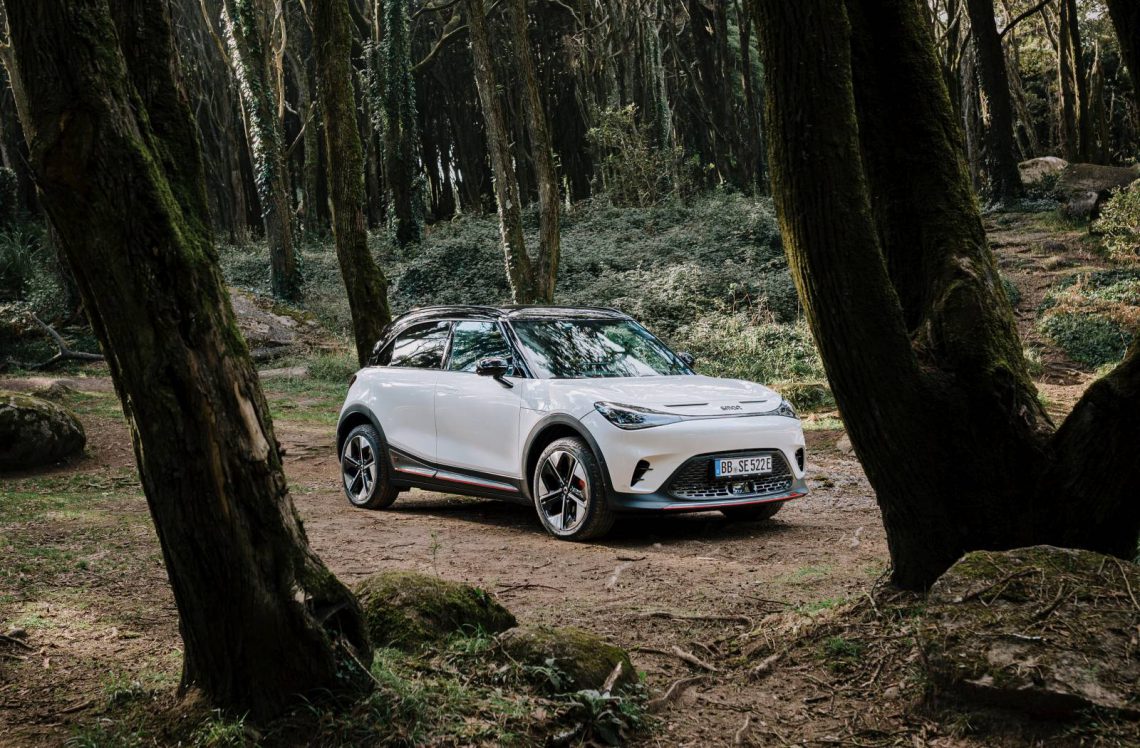
Competitors
The #1 is 4.27 meters long, making it about the same length as a Kia Niro EV, Volkswagen ID.3, Renault Megane Electric and the MG 4 Electric. You can also consider the Volvo XC40 Recharge, BMW iX1 and the Mercedes-Benz EQA as competitors to the Smart. By the way, the EQA is a model very similar to the Smart #1. That’s what you get, when you let the same designers do the work. By the way, no harm of course, if your model looks like a Benz. Like the EQA, the #1 lacks clean lines. The coach consists mainly of a lot of round and soft shapes. Its appearance is therefore best described as cuddly. A nice detail is the roof, which extends almost fused over the C-pillar. Reminds a bit of the Vauxhall Adam, also such a cheerful car.
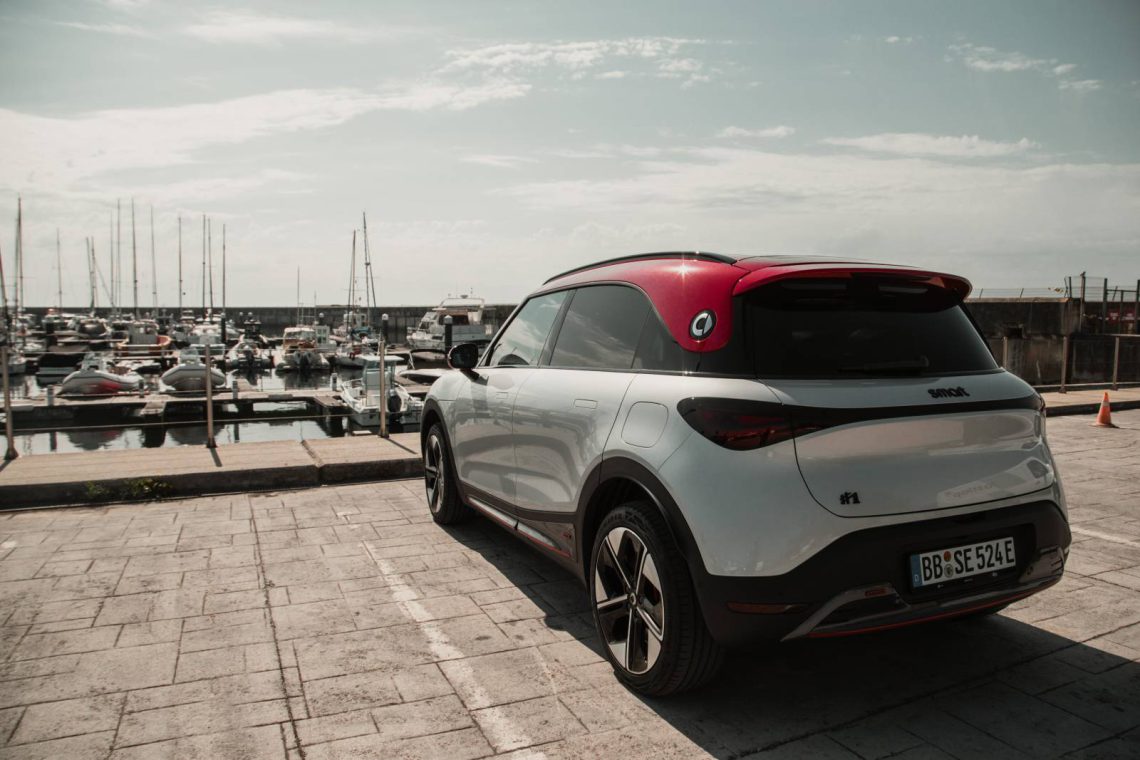
Caravanning
Even at the rear, that car cannot hide the fact that the design department of Mercedes-Benz is responsible for the design. The light bar, which runs across the entire width of the car at the back, appears to have been plucked right off a Mercedes EQA. A large Smart and #1 logo on the tailgate creates clarity.

Luggage space and towing weight Smart #1
If you open the tailgate, you will encounter 273 liters of luggage space. Not hugely spacious, but fortunately you can slide the rear seats forward, creating up to 411 liters of space in the rear. You don’t have to worry about passengers getting their legs trapped then, because even persons two feet tall are comfortable. Indeed, head and leg room are just fine. As with many other EVs in this class, by the way. Electric cars often have exceptional interior space thanks to the lack of a gasoline engine.
Also nice: the Smart is allowed to tow a caravan. And not just a very small Kip caravan, because you can hang up to 1,600 kilograms on the hook. Impressive, for an electric car. Especially of this size. A bike rack for two e-bikes can also have it.
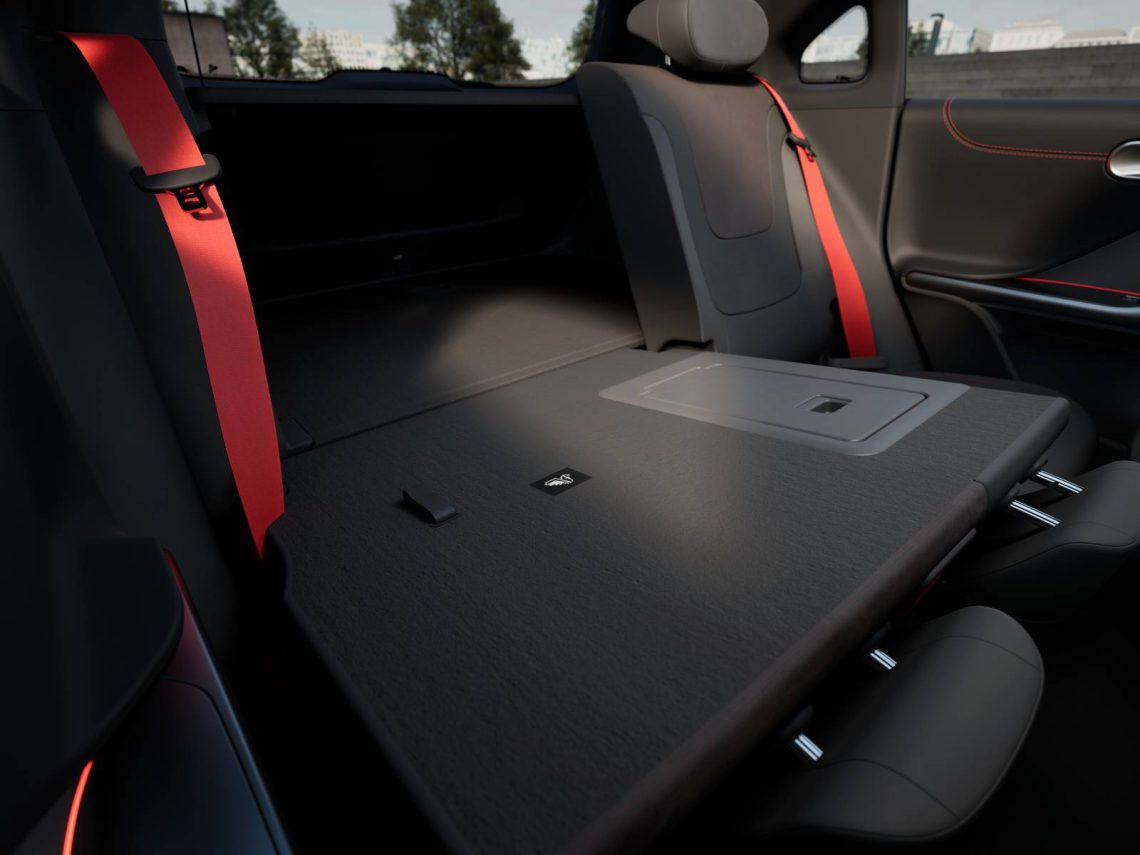
Frunk
As with many electric cars, there is also some storage space up front. However, not much. The “frunk” – the front trunk – holds only 15 liters. It’s just enough for a first-aid kit and some small items, but you’ll really have to throw your charging cables in the back. By the way, you can do that in the luggage compartment under the cargo floor, where there is still a substantial storage space.

Mercedes-Benz feeling
The hand of the Mercedes design department is also evident in the interior. It looks very chic, with lots of high-quality materials and beautiful workmanship. The center console is placed particularly high, providing an extra sporty feeling behind the wheel. For the infotainment system – which runs on a sizable screen – no savings were made on computing power. It responds nicely smoothly when you operate it with your finger. This is just as well, because it is packed with animations, options and menus. This is often a sign of luxury, but in practice it is very distracting.
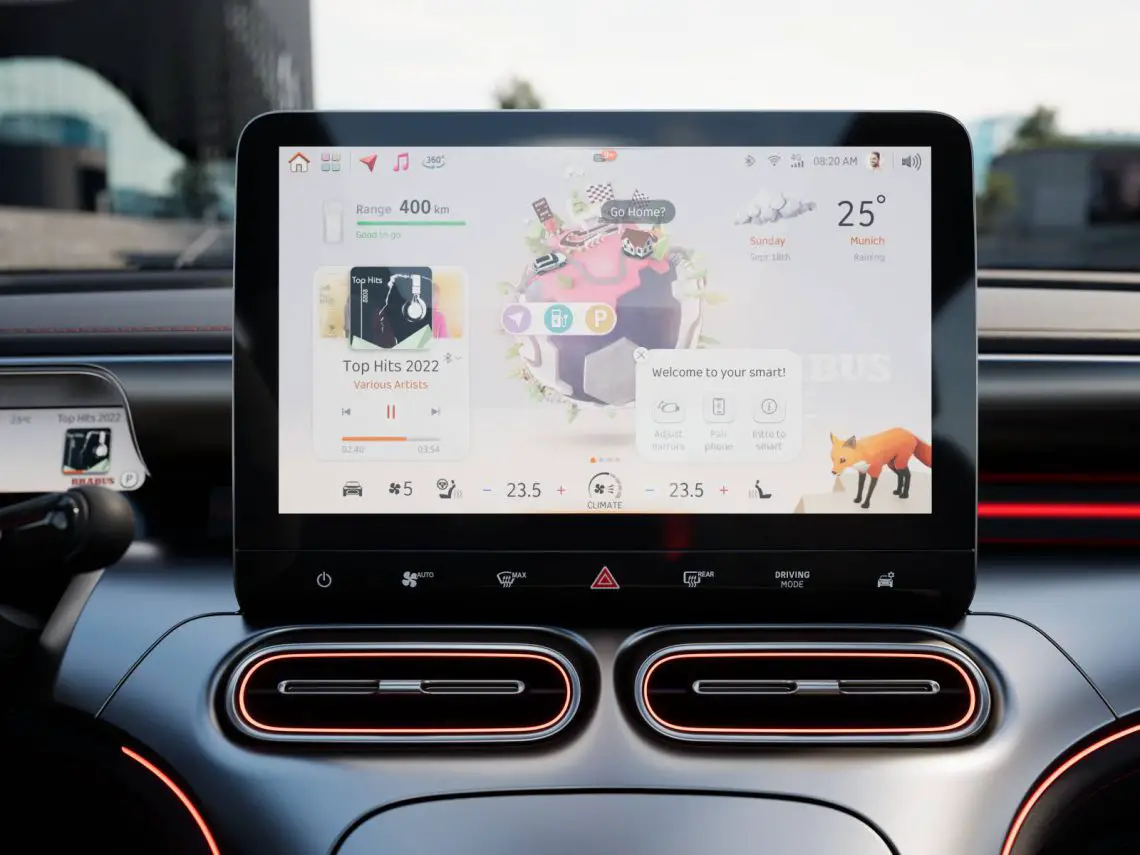
Specifications
There will be four versions on the market. The entry-level model has a starting price of 41,400 euros. The top version, the Brabus variant, comes from 48,900 euros. All versions feature a 66 kWh capacity battery pack and an electric motor on the rear axle. The range is 440 kilometers and the power is 272 hp. Excellent numbers, then. From 0-100 km/h takes only 6.7 seconds, and charging is also quite fast. At home or at a public charging station, charging up to 22 kW is possible, and at a fast charger, the Smart can handle 150 kW of power.
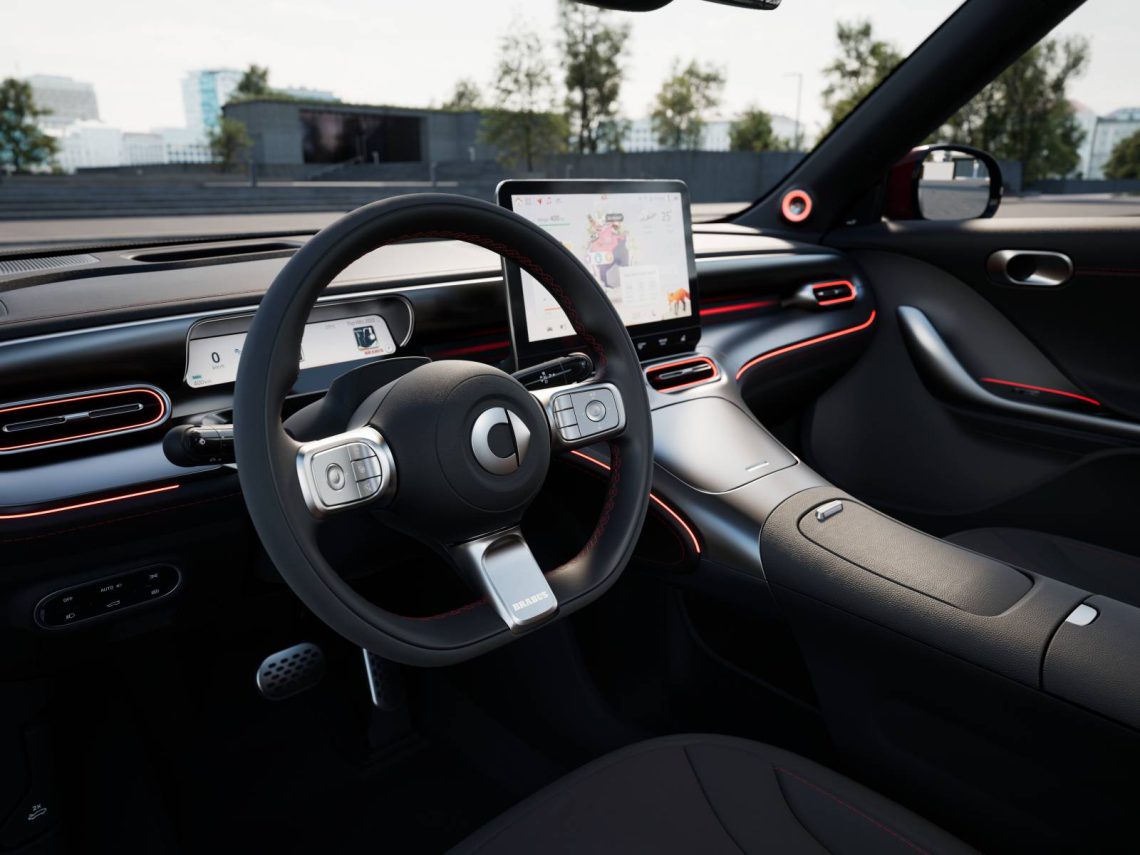
Brabus
Those who are often in a hurry can opt for the Brabus version. This top-of-the-line version has the same battery pack, but in front is an additional electric motor. So it has all-wheel drive, and thanks to its two engines, it has a whopping 428 horsepower. Exceptionally much, for a compact SUV. The 0-100 sprint is completed in just 3.9 seconds. The range decreases to 400 kilometers due to the extra weight and power. A sacrifice that many fans of speed are no doubt happy to make.
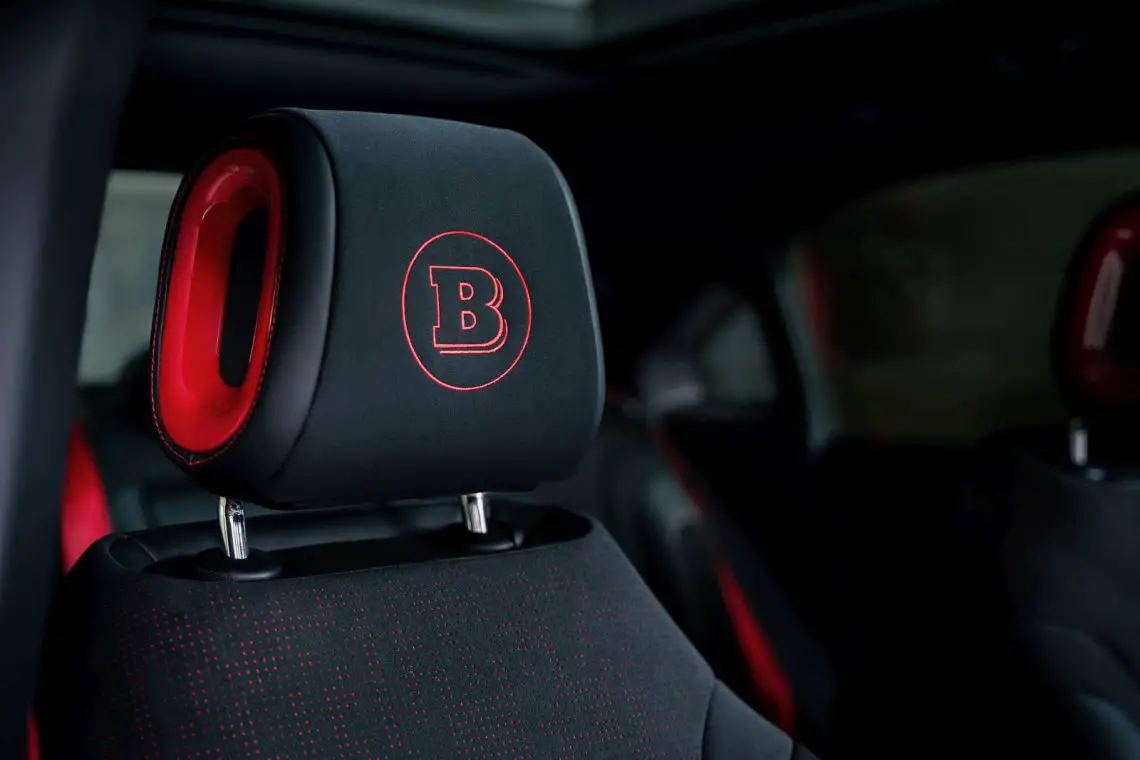
Driving experience
The Smart #1 drives like a typical electric car. I’m sure we don’t need to tell you what that means: fast and smooth acceleration and a quiet ride. The Chinese-German SUV is distinguished by its hefty power and sporty chassis. Not only the Brabus version, but also the regular version goes down nicely. And the base power of 272 hp is not something to be ashamed of, either. Many competitors do not even offer that power in their top-of-the-line versions. It is more power than you will ever need in the Netherlands.
Smart opens order books of new crossover in October 2022. The first cars will arrive in the Netherlands in April 2023. You can watch our test of the Smart #1 in the video below.

